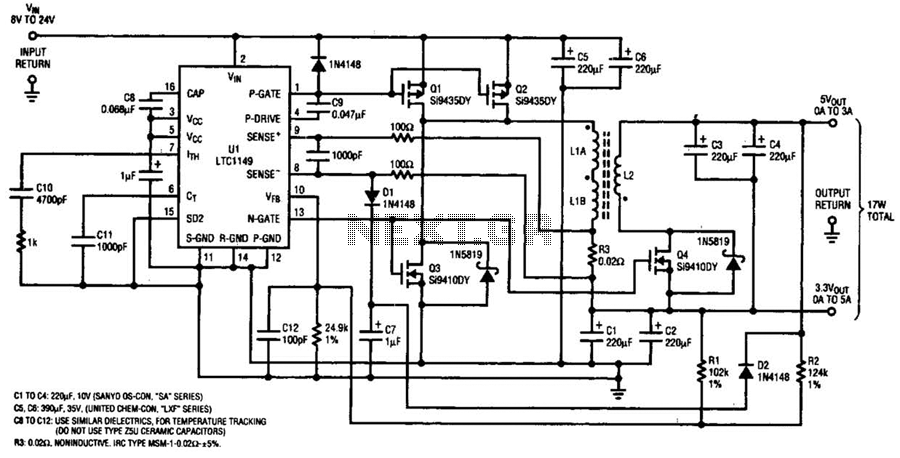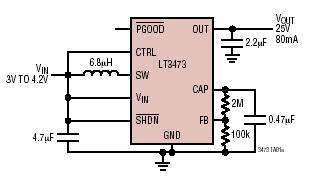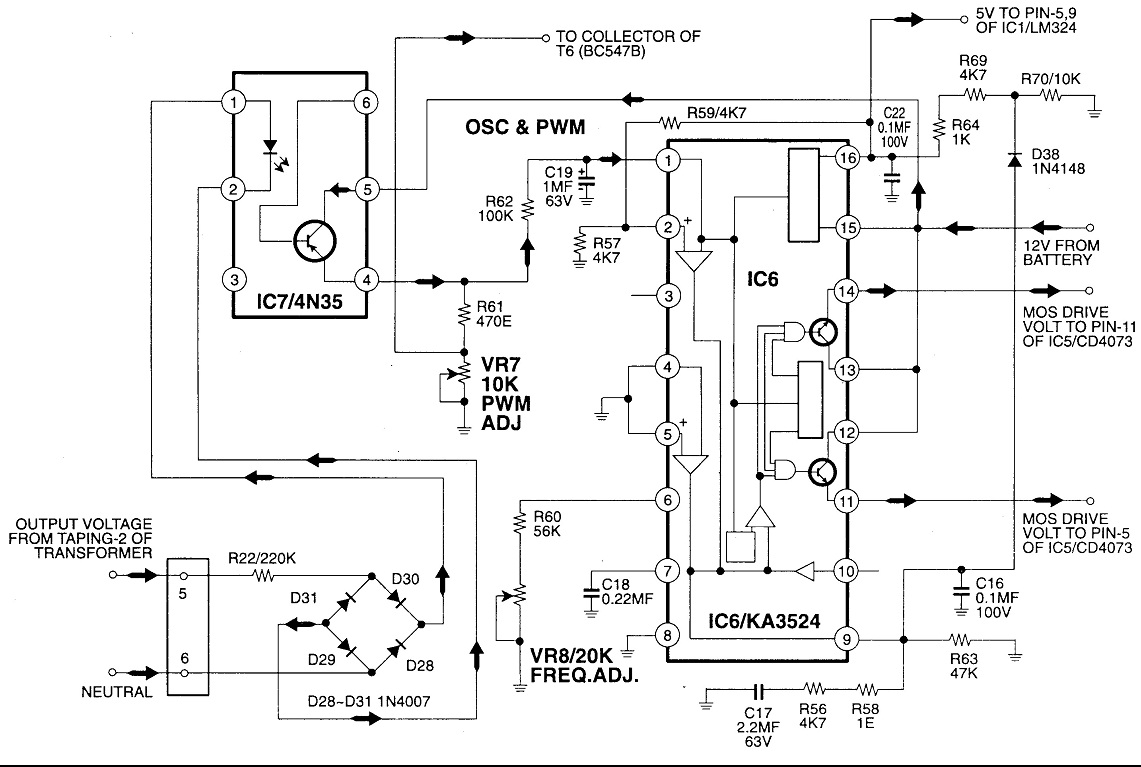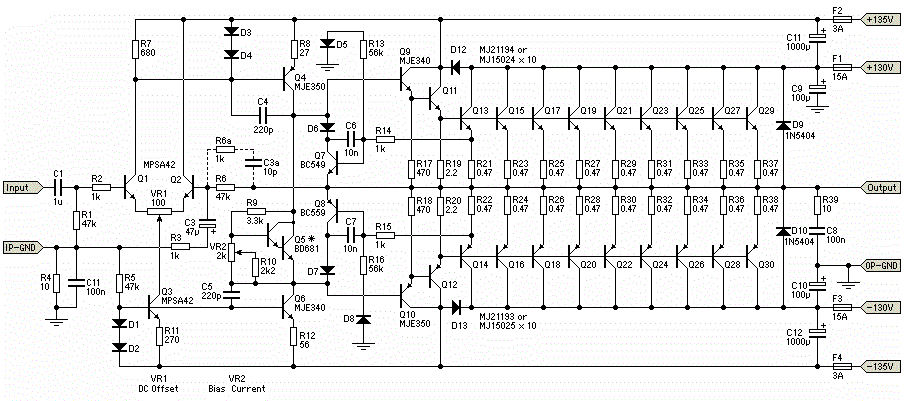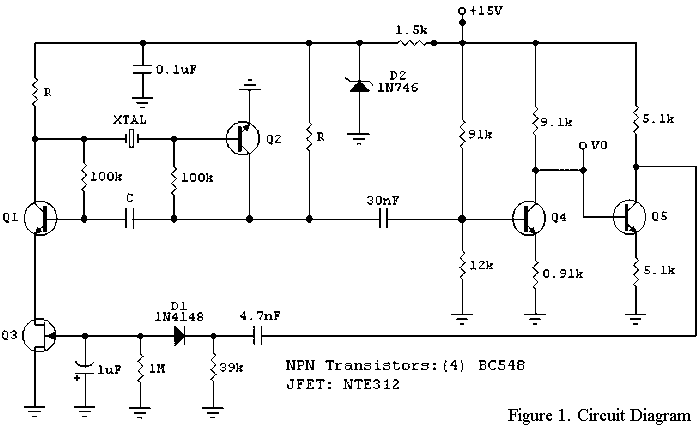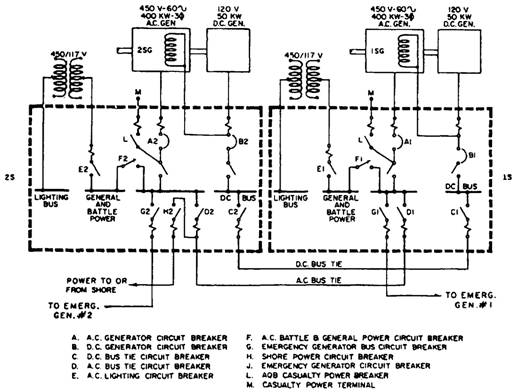
Logic Power Control for 78xx Regulator
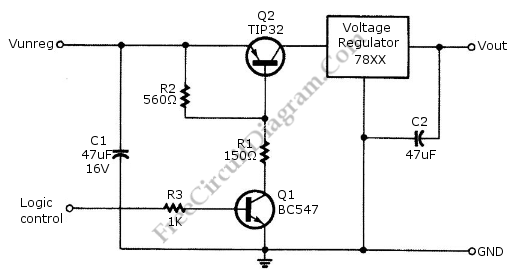
Logic power control of an analog regulator can be useful in applications where a digital circuit or controller needs to manage a power source, such as in EEPROM.
In electronic systems, managing power effectively is crucial for the performance and reliability of various components. The logic power control of an analog regulator serves as an essential interface between digital circuits and power sources. This setup is particularly valuable in applications like Electrically Erasable Programmable Read-Only Memory (EEPROM), where precise control over power supply is necessary to ensure data integrity and operational stability.
The analog regulator typically regulates the output voltage to a stable level required by the digital circuit. The logic power control mechanism allows a digital controller to enable or disable the power supply to the analog regulator. This is achieved through a control signal generated by the digital circuit, which can be a simple logic high or low signal. When the control signal is high, the analog regulator activates, providing the necessary voltage to the EEPROM. Conversely, when the control signal is low, the regulator turns off, effectively cutting off the power supply to the EEPROM, which can help conserve energy and reduce unnecessary power consumption.
The circuit design may include additional components such as transistors or MOSFETs to facilitate the switching action of the power control. These components can handle higher current loads and provide isolation between the digital control signal and the analog power circuit, ensuring that the digital logic does not interfere with the sensitive analog signals. Furthermore, protection mechanisms such as diodes may be incorporated to prevent reverse current flow and safeguard the components from potential damage.
Overall, the integration of logic power control in an analog regulator presents a versatile solution for power management in digital applications, enhancing the efficiency and functionality of systems that rely on precise power delivery.Logic power control of analog regulator can be useful in application where a digital circuit/controller need to control power source, such as in EEPROM. 🔗 External reference
In electronic systems, managing power effectively is crucial for the performance and reliability of various components. The logic power control of an analog regulator serves as an essential interface between digital circuits and power sources. This setup is particularly valuable in applications like Electrically Erasable Programmable Read-Only Memory (EEPROM), where precise control over power supply is necessary to ensure data integrity and operational stability.
The analog regulator typically regulates the output voltage to a stable level required by the digital circuit. The logic power control mechanism allows a digital controller to enable or disable the power supply to the analog regulator. This is achieved through a control signal generated by the digital circuit, which can be a simple logic high or low signal. When the control signal is high, the analog regulator activates, providing the necessary voltage to the EEPROM. Conversely, when the control signal is low, the regulator turns off, effectively cutting off the power supply to the EEPROM, which can help conserve energy and reduce unnecessary power consumption.
The circuit design may include additional components such as transistors or MOSFETs to facilitate the switching action of the power control. These components can handle higher current loads and provide isolation between the digital control signal and the analog power circuit, ensuring that the digital logic does not interfere with the sensitive analog signals. Furthermore, protection mechanisms such as diodes may be incorporated to prevent reverse current flow and safeguard the components from potential damage.
Overall, the integration of logic power control in an analog regulator presents a versatile solution for power management in digital applications, enhancing the efficiency and functionality of systems that rely on precise power delivery.Logic power control of analog regulator can be useful in application where a digital circuit/controller need to control power source, such as in EEPROM. 🔗 External reference
